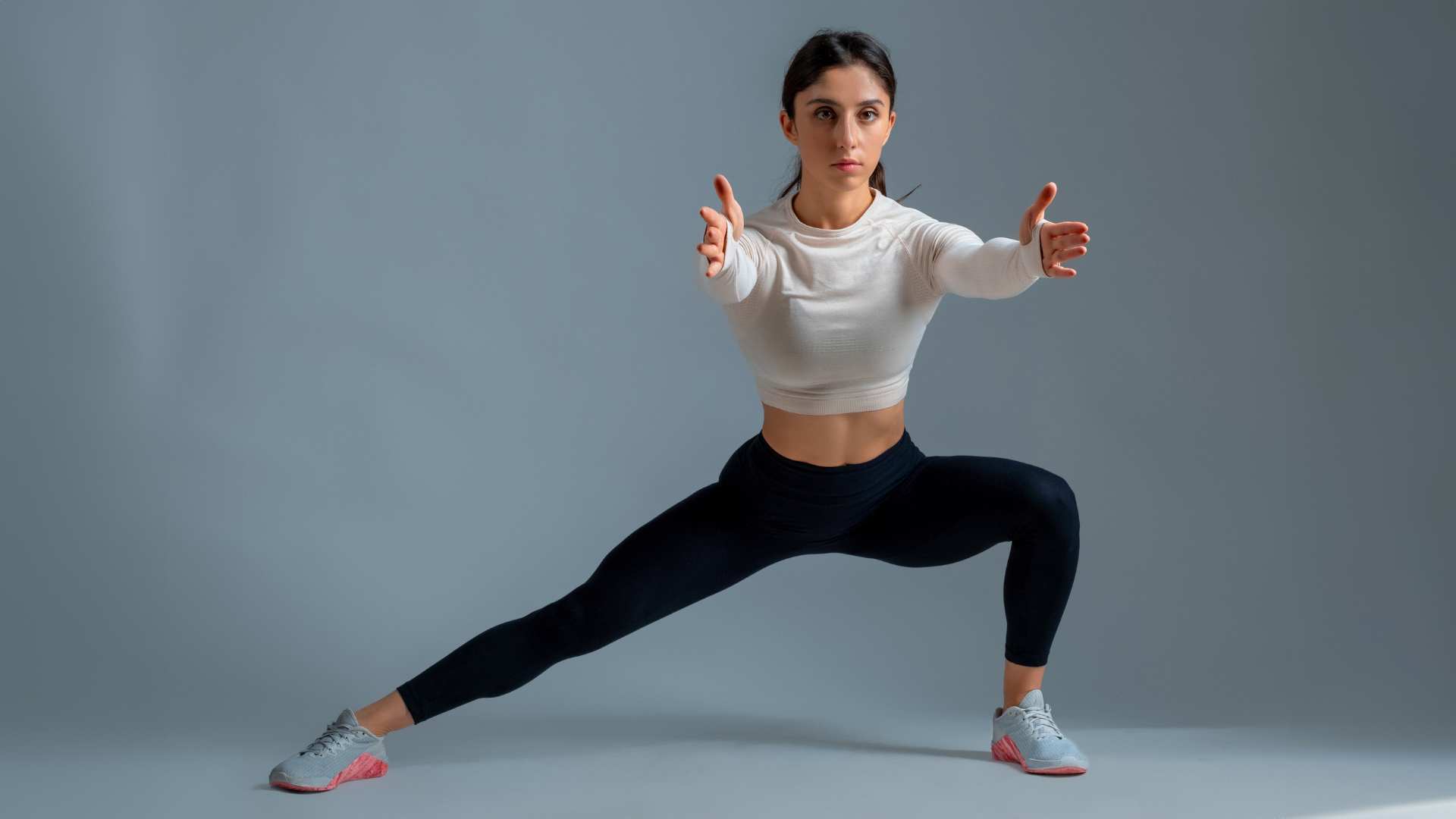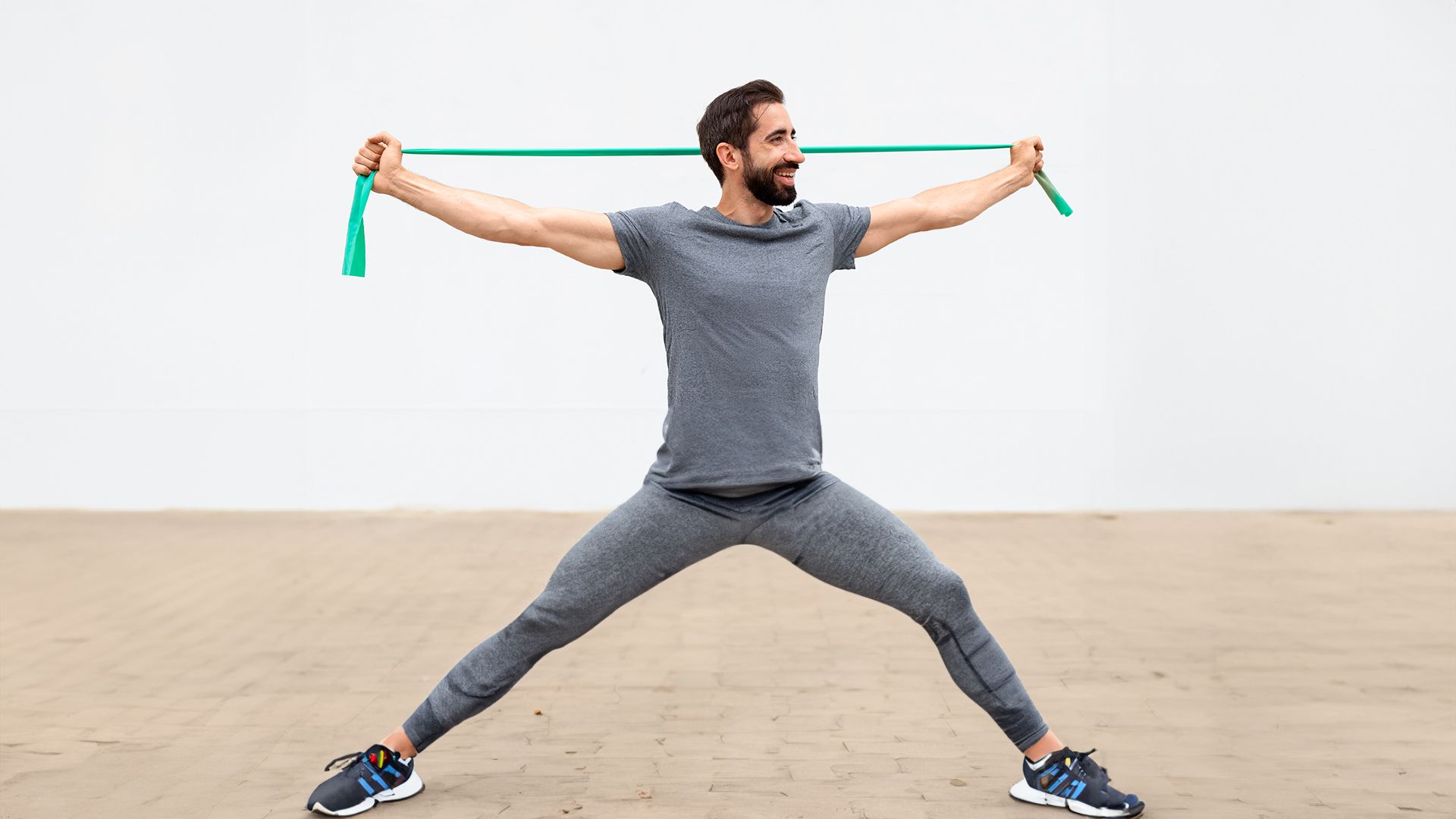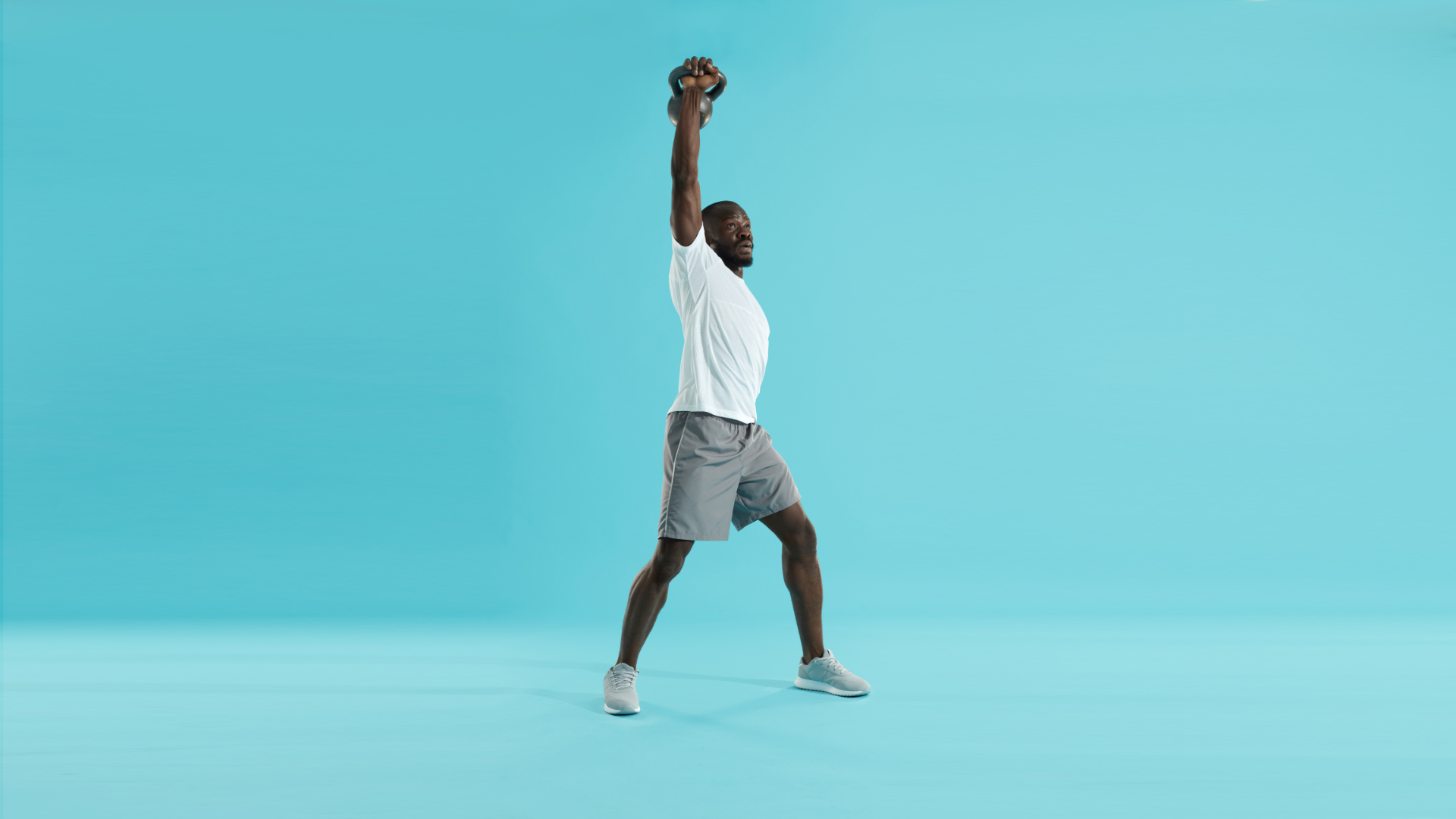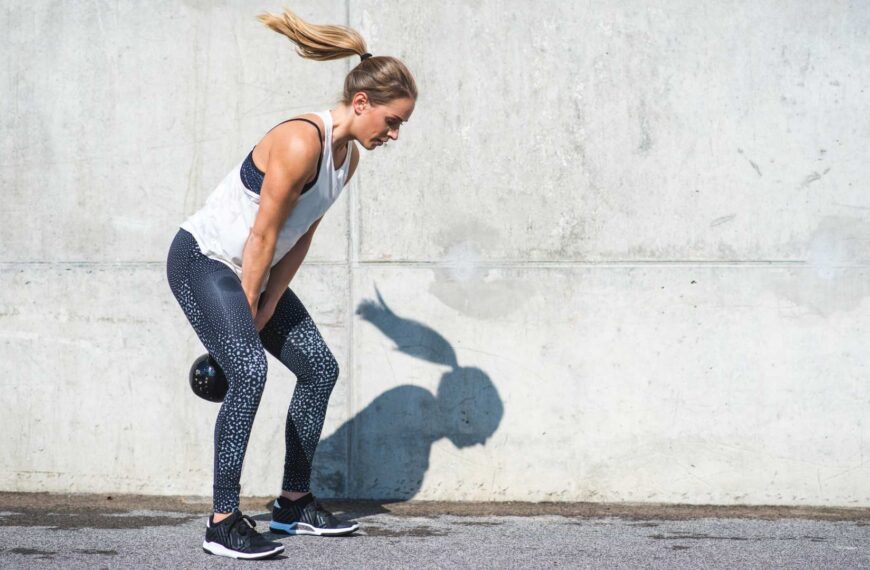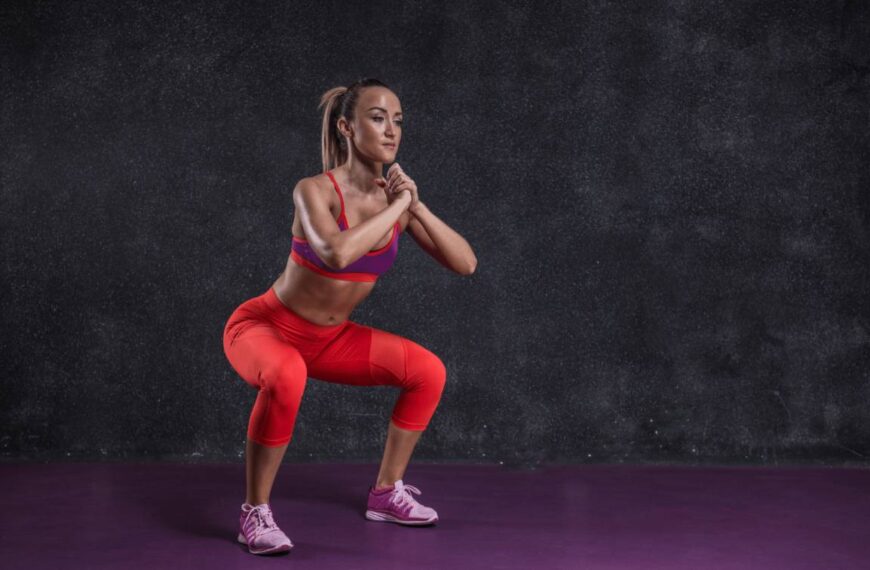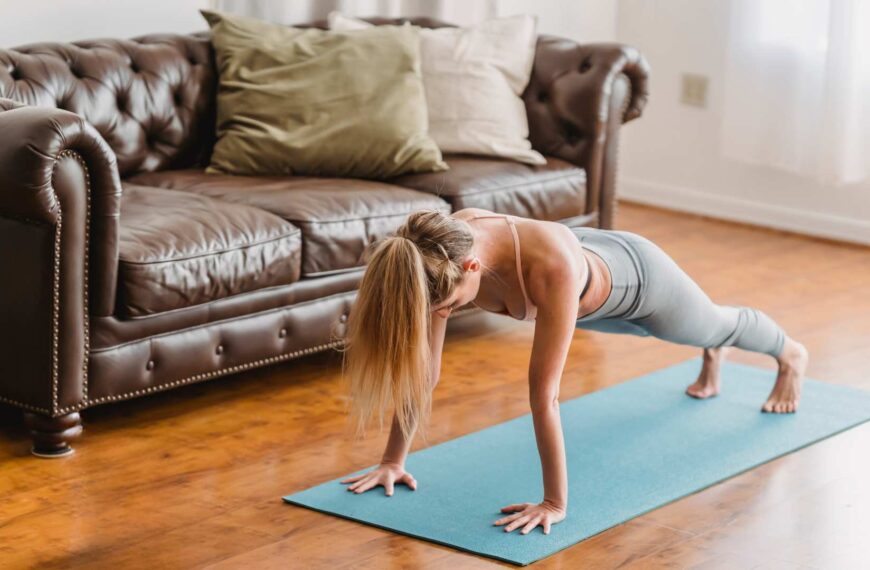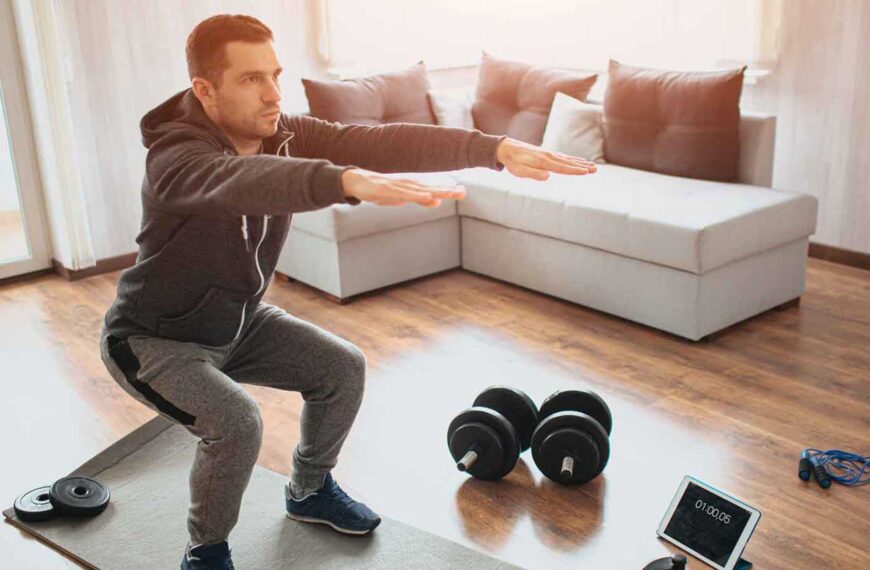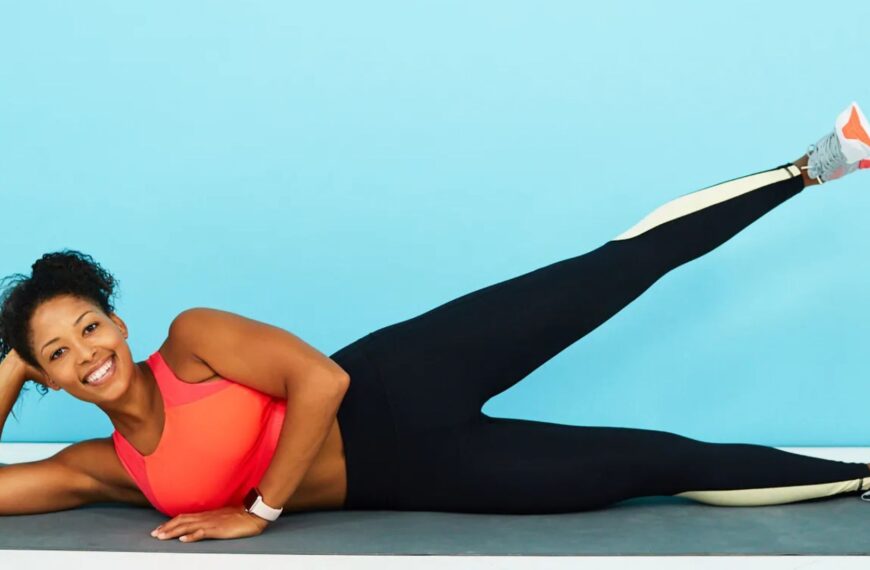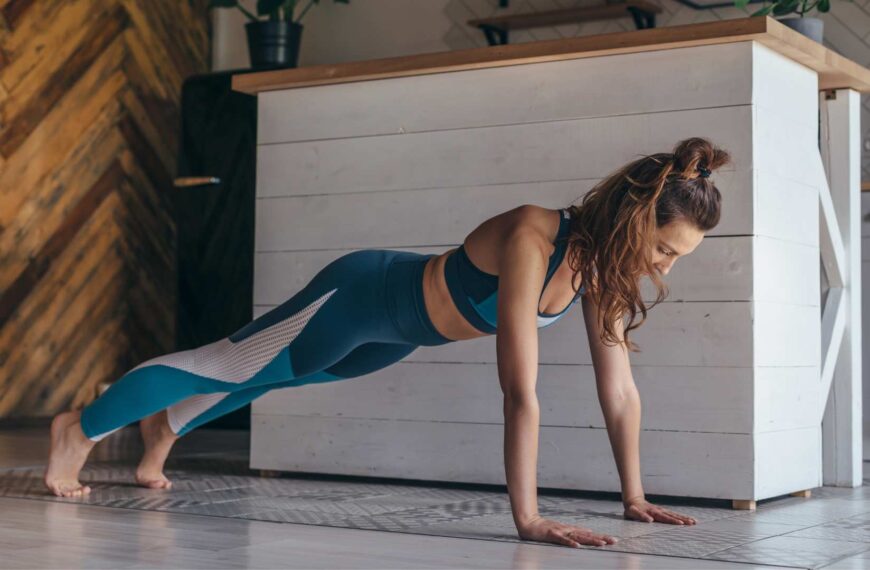Are you looking for an exercise to improve your overall fitness and strengthen your legs? Look no further than the lateral squat exercise. In this article, we will explore the benefits of lateral squats, proper form, modifications, progressions, and any potential risks or limitations.
Lateral Squat Exercise: Leg-Strengthening Move
- Lateral-squats are leg-strengthening exercises that target primary muscles like glutes, quads, and inner and outer thighs.
- Proper form, modifications, and progressions are essential for achieving the maximum benefits.
- Lateral-squats are beneficial for runners as they improve strength and reduce the risk of injury.
Muscles Targeted by Lateral Squats
Lateral-squats primarily target the glutes, quads, and inner and outer thighs. These muscles are important for daily activities like walking, running, and climbing stairs. Lateral-squat also work secondary muscles such as the hamstrings, calves, and lower back. By working these muscles, you can improve your overall lower body strength, which can lead to better balance, stability, and mobility.
Proper Form
To perform a lateral-squat correctly:
- Start with your feet wider than your hips and toes pointing forward.
- Shift your weight into one leg.
- Bend the same-side knee and push your hips back like you’re sitting in a chair.
- Keep the opposite leg straight and foot firmly planted on the ground.
- Once you reach the bottom of the movement, push through your bent leg and return to a standing position.
- Repeat the movement on the opposite side.
Maintain good form throughout the exercise. Keep your chest lifted, core engaged, and knees in line with your toes. Avoid letting your knees collapse inward or outward, as this can put unnecessary strain on your joints. Instead, focus on pressing through your heels and keeping your weight balanced between both feet.
Modifications and Progressions
Lateral-squats can be modified or progressed to suit your fitness level and goals. Start with support such as a chair or wall to help maintain balance. As you become more comfortable with the movement, add steps to the side before squatting or jumping squats.
To progress the exercise beyond adding weight or resistance, try increasing the range of motion by lowering your hips further or adding different types of movements such as a lateral-squat with a leg lift or a lateral lunge with a twist.
Add weight to the exercise by holding dumbbells or a kettlebell, or by using a resistance band. Start with a comfortable weight or resistance level and gradually increase as you get stronger.
Potential Risks or Limitations
Like any exercise, lateral-squats may not be suitable for everyone. Individuals with pre-existing conditions or injuries, particularly in the knees or hips, should consult with a healthcare professional before attempting lateral-squats. Those with limited mobility or balance may also find lateral-squats challenging.
Benefits for Runners
Lateral-squats are particularly beneficial for runners because they target many of the muscles used in running. Incorporating lateral-squats into your lower body strength training routine can improve running form, increase stride length, and reduce the risk of injury. Lateral-squats help strengthen the muscles that stabilize your hips, which is important for maintaining proper alignment and reducing stress on your knees.
Incorporating Lateral Squats into a Workout Routine
Incorporate lateral squats into a well-rounded workout routine. Perform lateral squats once a week as part of your lower body strength training or more often if you feel comfortable. Pair lateral squats with other leg exercises such as lunges or step-ups, or with upper body exercises such as push-ups or rows.
Use technology such as the Merlin app to ensure proper form and posture during lateral squats. This app provides real-time multilingual and visual feedback on form and posture during exercise, capturing your movements in real-time on the mobile phone camera.
Lateral Squat Variations
Try different types of lateral-squat exercises to keep things interesting and challenge your muscles in new ways. Some variations include single-leg lateral squats, lateral lunges, and weighted lateral squats. Each variation targets slightly different muscles and can be modified or progressed in different ways. For example, add a hop at the top of a lateral lunge, or hold a weight at your chest during a weighted lateral-squat.
| Question | Answer |
|---|---|
| How often should I do lateral-squats? | Perform lateral squats once a week as part of your lower body strength training routine or more often if you feel comfortable. Listen to your body and give yourself enough time to recover between workouts. |
| Are lateral squats bad for your knees? | No, lateral squats are not bad for your knees when performed correctly. Use proper form and avoid letting your knees collapse inward or outward, as this can put unnecessary strain on your joints. |
Conclusion
The lateral squat exercise is an effective way to strengthen your legs, improve your running form, and reduce your risk of injury. Incorporate lateral squats into a well-rounded workout routine, use proper form, and modify or progress the exercise to achieve your fitness goals. Remember to listen to your body and consult with a healthcare professional if you have any concerns. Give lateral squats a try in your next workout and see the results for yourself!
Frequently Asked Questions
How often should I do lateral squats?
Perform lateral squats once a week as part of your lower body strength training routine or more often if you feel comfortable. Listen to your body and give yourself enough time to recover between workouts.
Are lateral squats bad for your knees?
No, lateral squats are not bad for your knees when performed correctly. Use proper form and avoid letting your knees collapse inward or outward, as this can put unnecessary strain on your joints.
Merlin App for Lateral Squat
The Merlin App is an excellent tool for guiding individuals through the proper execution of exercises, including the Lateral Squat Exercise. This particular exercise is a dynamic movement that helps improve lower body strength, stability, and flexibility. With the aid of the app’s AI real-time feedback and voice guidance, users can master the Lateral Squat Exercise with precision.
To perform a Lateral Squat Exercise using the Merlin App, users can start by selecting the exercise from their customized workout plan or exercise library. The app will then provide a detailed demonstration of the exercise, including the correct starting position and movement pattern. As the user begins the exercise, the AI real-time feedback feature closely monitors their form, ensuring that they maintain proper alignment and technique.
One of the key benefits of using the Merlin App for the Lateral Squat Exercise is the immediate feedback it offers. If a user’s form starts to deviate or they encounter any potential issues, the app will provide verbal cues and corrections in real-time. This real-time guidance can be invaluable, as it helps users make on-the-spot adjustments to prevent injury and maximize the effectiveness of the exercise.
